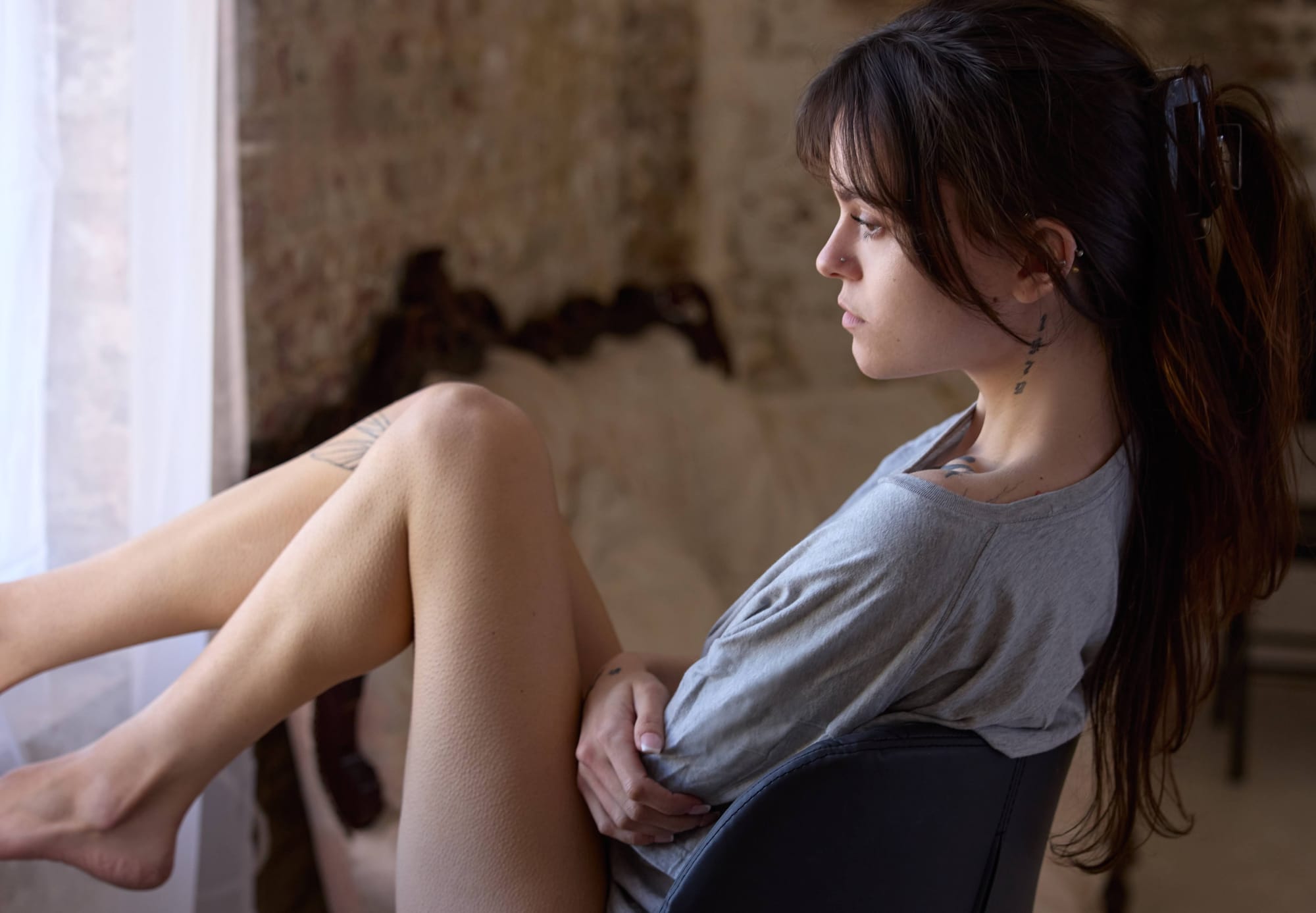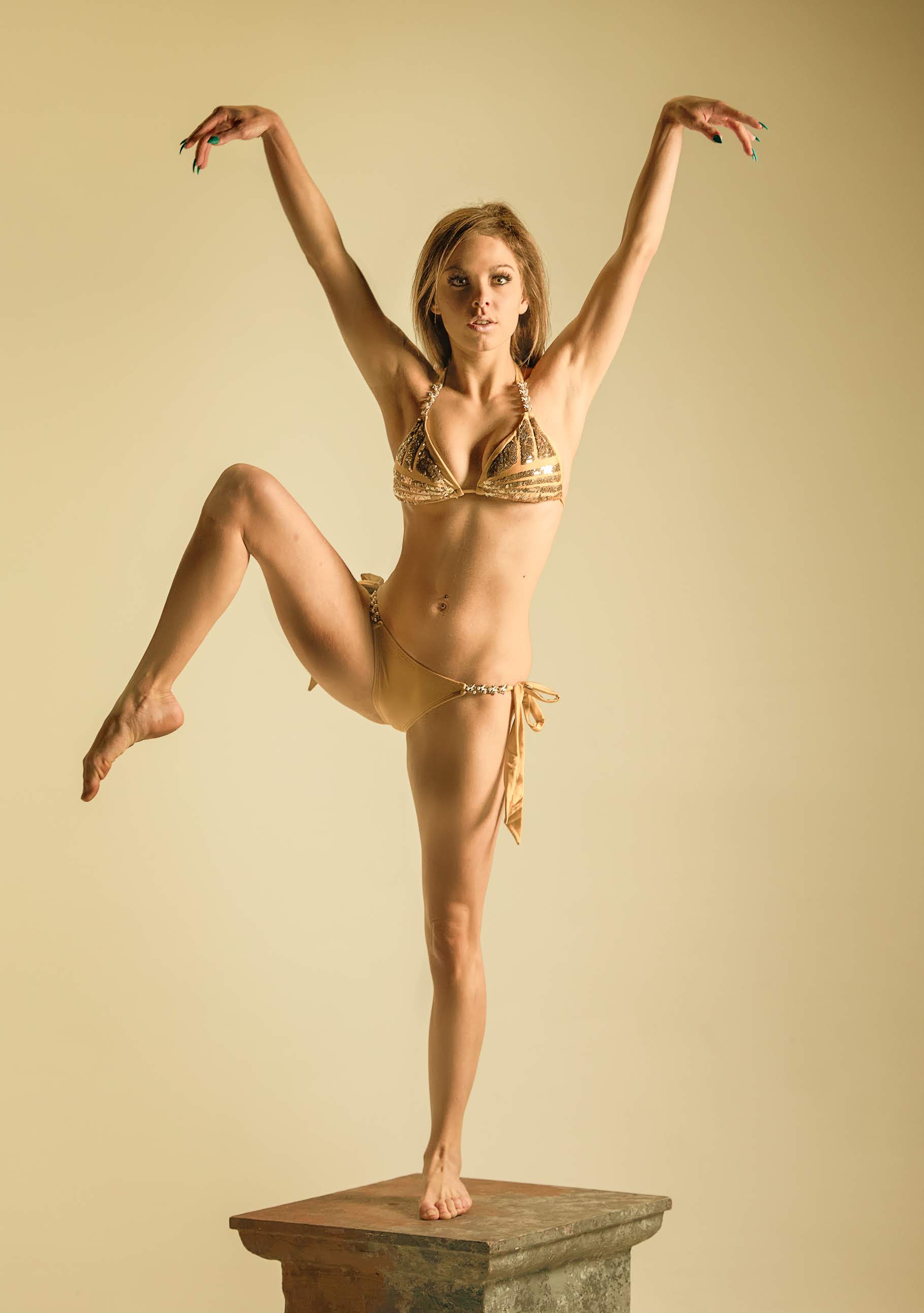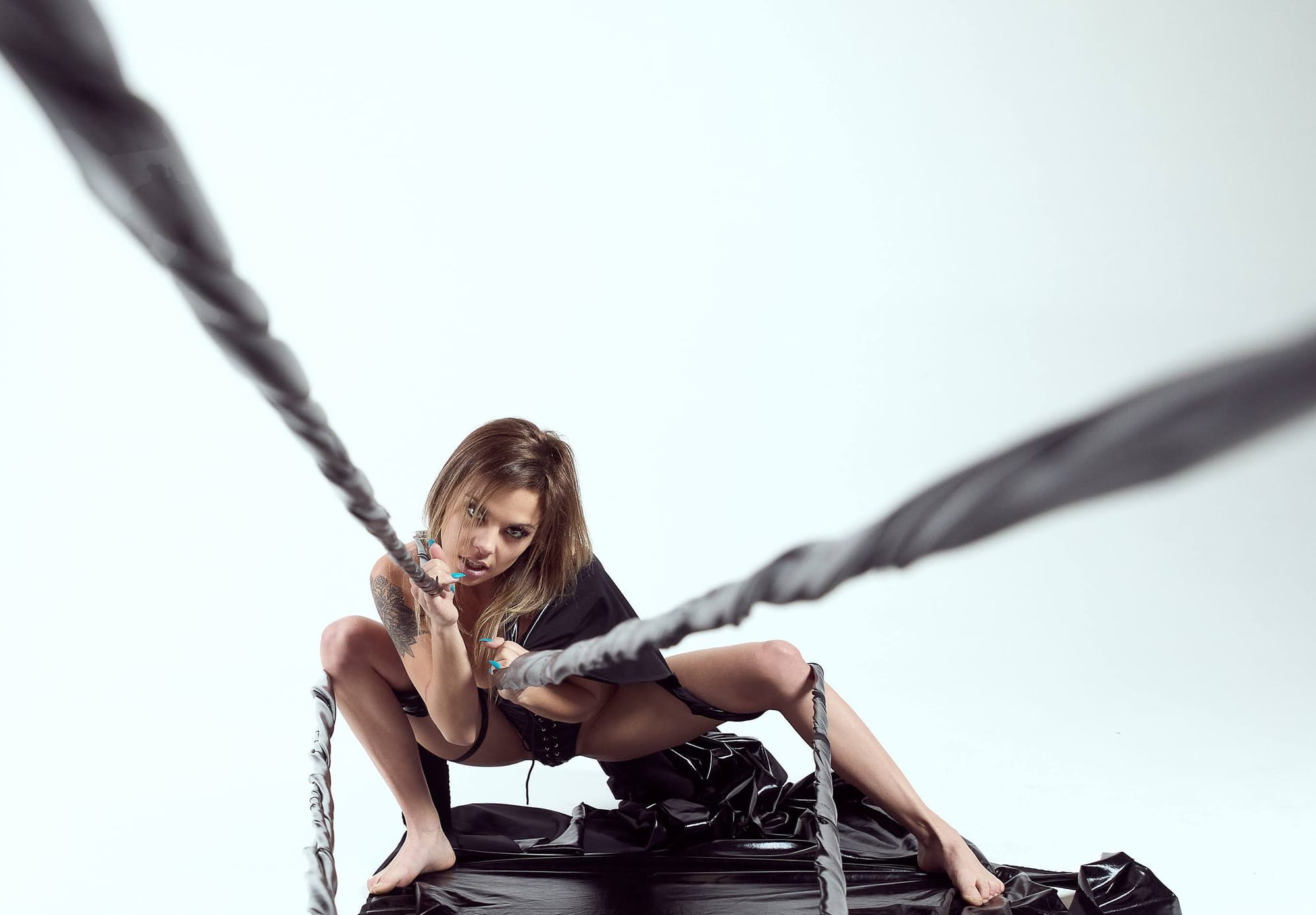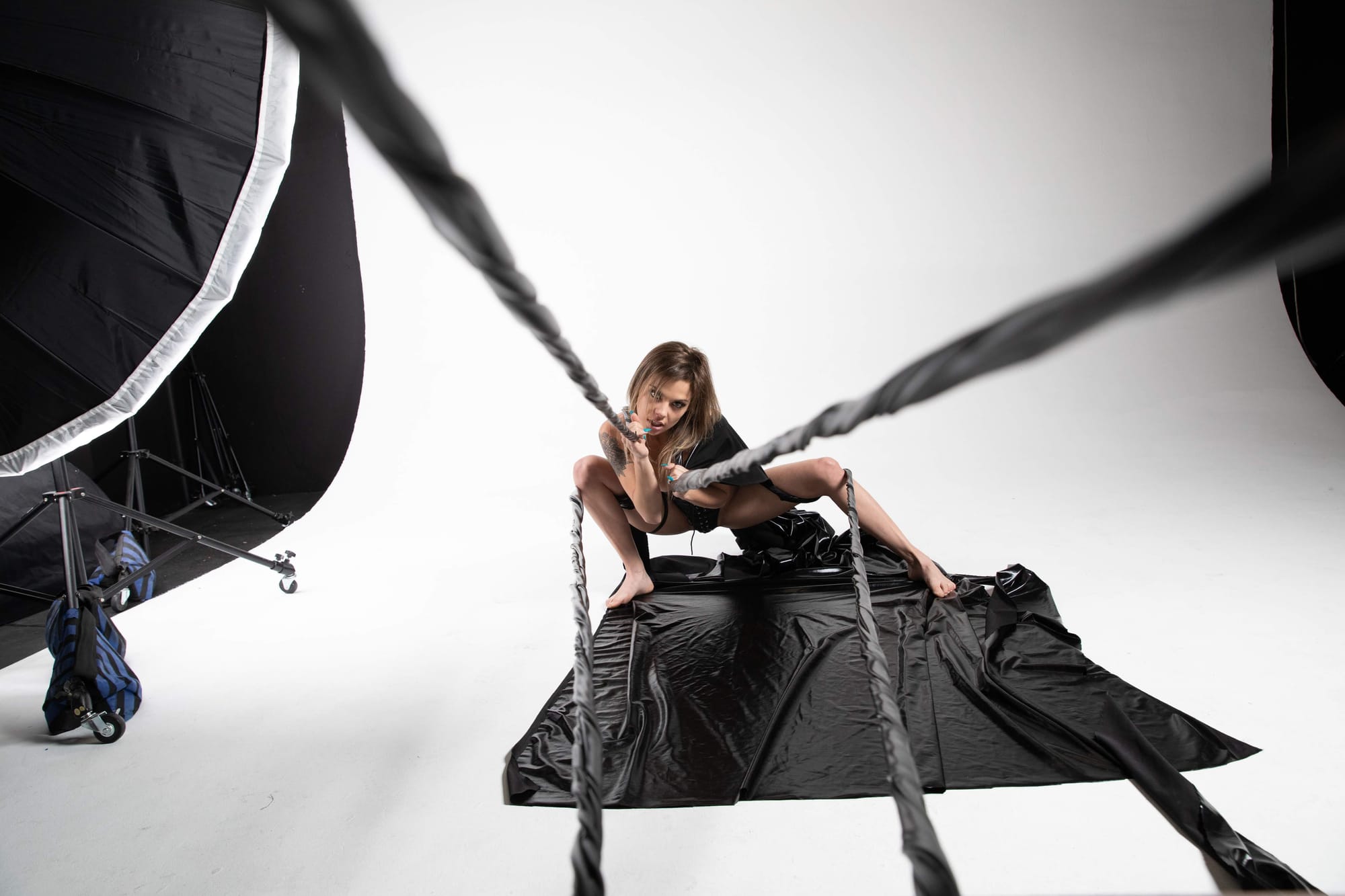
I grew up in NYC, and the arts, and the museums were my escape from the inner-city street life. Paintings were my thing, specifically the styles that were more realistic like impressionism, and classicism. The abstract styles never made sense to me, but what I was always wondered while appreciating art was "Why did I prefer one work of art over another similar work of art?"
As I my photography expertise grew I picked up a few things that helped me understand how to answer that question, and how to use it to improve my own work. Why not share, but first a few things:
- I am not an authority on any area shared, and welcome any suggestions or corrections.
- This info is based on my own research and experience with the style/concepts I shoot.
- Most importantly: Art is interpretive. Our preferences are all shaped by factors unique to each of us individually.
The Psychology
I am a very technical person that loves math and science. I love that there is a LOT of math and science in art, but there is a ton of info out there on the technicalities of photography. There's no sense in me creating more. Instead, I will focus on the psychological aspects, which I find much more interesting.
I am only scratching the surface of the following, but do know that these principles are nothing new. These have been known and used by the masters centuries ago (DaVinci, Rembrandt, etc.).
- How We See
- Visual Interpretation
- Emotional Response
How We See
The Fundamentals of Perception
When I first learned the science of how our eyes and brain work to see the world it blew me away. The more I thought about it though, the more it it made sense.
Here is a good explanation of the sequence our eyes and brain go through when viewing an image. By all means, follow the link to the source for all the scientific jargon if you want. Below are the salient and relevant parts for me.
Gaps in Our Visual Process
So this visual puzzle process is not only fascinating, but we are blissfully unaware of the visual information gaps, and time delays because our brain puts it all together seemlessly for us. It makes me appreciate magicians so much more. Magic tricks take advantage of these gaps to give us our oohs and ahhs.
From the time light hits the retina till the signal is well along the brain pathway that processes visual information, at least 70 milliseconds have passed.

Example
While I enjoy reading it myself I know the above link, and most research is pretty dry. So here's a visual example I often use when shooting with models to help them understand this concept during a shoot.


It is very similar to knowing that the magician is not really sawing his assistant in half. Our brain will fill in any visual gaps for us even if the picture contradicts what we know to be true.
Visual Interpretation
The "Gestalt Principles of Perceptual Organization", are a solid starting point for understanding how we tend to process visuals. Not all are relevant to my style of photography, but all are worth knowing.
The Gestalt Principles are not absolute rules, but are more like guides. The total number of principles is different depending on the source. Most cite 4-7 principles, but I have found 8 different principles.
| # | Gestalt Principle | Description |
|---|---|---|
| 1 | Figure-Ground | Elements are perceived as either figures (distinct elements of focus) or ground (the background or landscape on which the figures rest). |
| 2 | Law of Prägnanz | Humans tend to interpret ambiguous or complex images as simple and complete. |
| 3 | Good Continuation | Elements that share uniform visual characteristics are perceived as being more related than elements with disparate visual characteristics. |
| 4 | Closure | Elements arranged on a line or curve are perceived to be more related than elements not on the line or curve. |
| 5 | Common Fate | Humans tend to perceive elements moving in the same direction as being more related than elements that are stationary or that move in different directions. |
| 6 | Proximity | Things that are close to one another are perceived to be more related than things that are spaced farther apart. |
| 7 | Similarity | Things that are similar are perceived to be more related than things that are dissimilar. |
| 8 | Focal Point | Whatever stands out visually will capture and hold the viewer’s attention first. |

Example
Here's an example with the same model as before. I want to say this example loosely related to principle 1 "Figure-Ground", but could be wrong.
With this concept I wanted to create visual depth with the fabric. Make it visually feel that the fabric rope enveloped the viewer.

When I processed the image I cropped it to remove the background and studio, but by cropping it this way I found the image felt too flat, and lacked the depth I wanted to create.

I removed the visual references when I cropped it so the brain could not interpret depth correctly. Visual reference is an important element in an image to help establish context.
Emotional Response
An image that can tickle the emotional ivories of the viewer can have a profound impact. I would posit that this is more common in Documentary or similar styles, like those images that win Pulitzer's (no I won't post any because they're heartbreaking).
I'll try to describe the emotional response target reference I use, and will then share the science. My primary subject is beautiful nude or near-nude women. So obviously lust, desire, and the like, but let me help refine that tad for everyone's understanding.
Yes, first and foremost it's about that visual desire seeing that striking form. Between the discussing and working with the models posing, lighting, and processing I want the viewer's eyes to gravitate to those areas we all know we're looking at anyway, but very rarely do I use or post in your face pussy or ass shots. To me, this is too easy, sort of like taking a picture on the rim of the Grand Canyon. This part of the emotional response target objective is something I lovingly call "Manufacturing Desire", and I use the term a lot during a shoot with models.
There's a secondary emotional target I try to create too. I want the viewer's eyes to linger, and trace and come back. I think of this as a kind of longing or a yearning of sorts.
If I were to try to summarize what I'm trying to capture it would be how a lover would look at his partner and just stare, smile, and admire. We've all been in that early relationship stage where we have that raw powerful love of everything in our partner. She may just be stretching or sneezing, but you sit back, say nothing and just watch, and if she turns and catches you staring you both have that exchange of smiles. Come on, you have to know what I'm trying to say here!
Now The Science
So I like to reference the model of Bottom-Up vs. Top-Down emotional perception processing.
Bottom-Up
That first, and immediate visual response takes in the biggest picture at a glance. My "Manufactured Desire" impact that's all "Fuck, she's hot". Like a slap in the face with raw visual sexiness.
:max_bytes(150000):strip_icc()/GettyImages-609001203-5c423d4546e0fb00018ed457.jpg)
Top-Down
This is the second phase of emotions. That yearning desire that just builds the longer you may try to perv out and stare at her body, and then glance at the scene or set to understand the scenario that you may be able to daydream and project yourself into the lover's situation staring at her and just smiling.
:max_bytes(150000):strip_icc()/GettyImages-145063224-567c0d993df78ccc15627c2a.jpg)
Yes, I'm a bit of a romantic and equal parts deviant, but 100% professional and respectful 😄
Covered a lot of ground here, but I've been wanting to start getting this out and posted for some time now. You can find libraries of content on all the lighting, posing, composition, and post-processing technicalities, but I have seen very little content covering these items.
There are still a lot more tricks and concepts like these I will write up and publish, and also explain how I try to incorporate them into my shoots. It's all pretty muscle memory for me at this point so writing it down and publishing it here is pretty fun trying to explain it correctly.
A great parallel universe reference of an industry that has really focused on and matured a lot of these concepts is the UI / UX (User Interface and User Experience) industry focused on web and app user interaction. There is a ton of very robust and refined content on the exact same principles. Worth a look-see for anyone wanting to know more.
None of this is a step-by-step formula, or list of ingredients to add. It's like a chef tasting a meal being cooked, and just knowing to add a pinch of salt. For me, as a shoot set progresses I may start seeing aspects that can be used in the image to take it closer and closer to that viscerally emotional response that artists rarely get to see happen with viewers as they look at the art.
Now that I have this content published I will start adding commentary to the image posts and explain thoughts, attempts, results and reference back to these concepts.
Welcome to my crazy!


